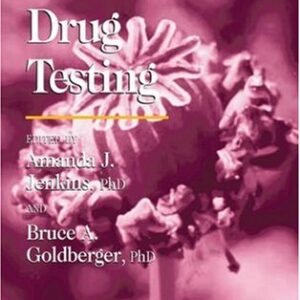To understand the molecular mechanisms of XP, XP mouse models have been used, and mice deficient in XPA, XPC, XPD, XPG, XPF, and XPA/CSB have been produced and analysed. A recent elegant technique of targeting gene replacement in mouse embryonic stem cells has provided researchers with the ability to generate mutant mice defective in any specific gene(s). 32 Animals generated in this way display phenotypes and symptoms of XP patients, and have provided valuable tools to understand how and where the deficiency in DNA repair may lead to tumor formation, and also in studies of developmental biology and the aging process. Mouse studies have recently contributed to our understanding of the role of ink4a-Arf in increasing the risk of melanoma photocarcinogenesis in an XPC mutant background. As with many other genetic defects, the distribution of XP globally is not uniform. In most cases the frequency of mutation of a particular trait depends when and where a specific mutation arose, and the longer ago that is, the greater the frequency of mutant in the population unless some selective pressure prevailed. Another factor responsible for the high incidence of any mutation is consanguinity. One of the last chapters analyzes the world distribution of XP and shows that Japan has the highest incidence of XP and of varying complementation groups. After Japan perhaps Egypt suffers most from this inborn error. Here it is also shown that the most common complementation groups are XPA and XPC followed by XPV. XPB and XPE are least frequent. In a recent publication, however, 16 Japanese patients with XPV have been diagnosed and confirmed both clinically and at the cellular level. There is no evidence that interest in XP is waning, and this book should provide both the expert and novice researcher in the field with an excellent overview of the current status of research and pointers to future research goals.

![[PDF] Molecular Mechanisms of Xeroderma Pigmentosum Shamim Ahmad, Fumio Hanaoka](https://pdfelite.com/wp-content/uploads/2024/04/92fe2eb2cc66edeaa80c38fa5aa8b9d2-d.jpg)




Reviews
There are no reviews yet.